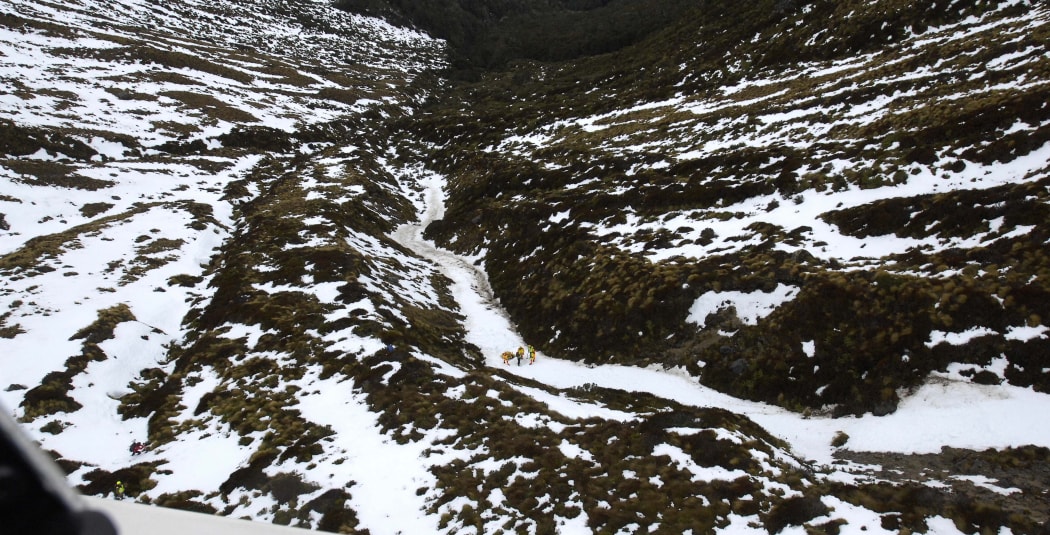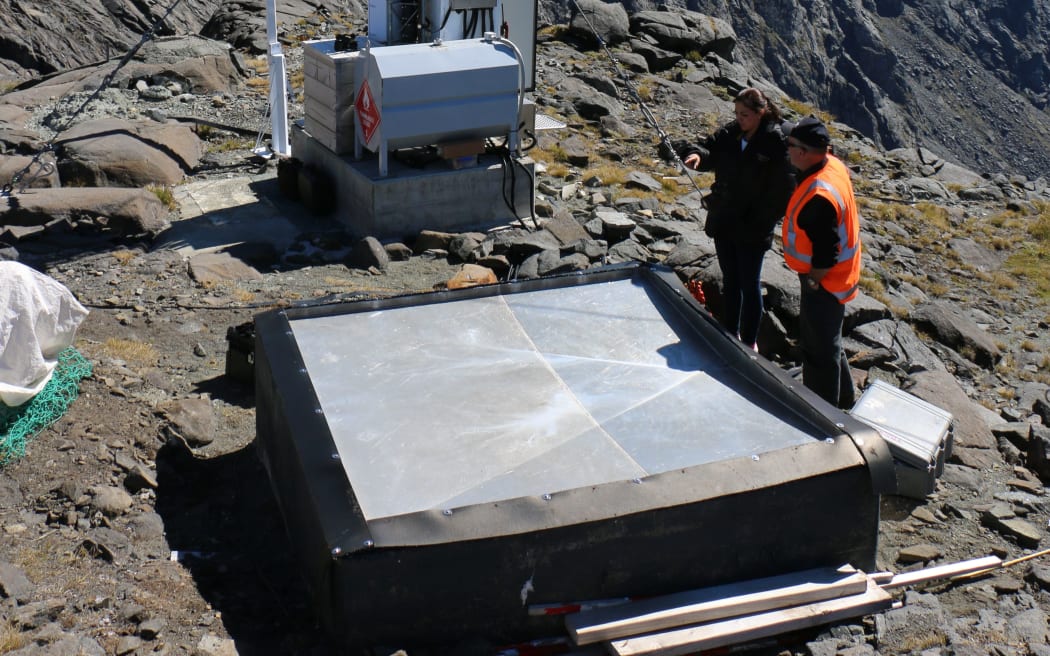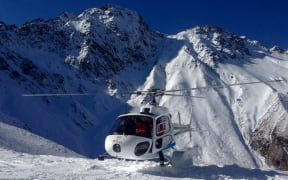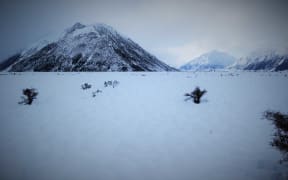The Milford Road's avalanche control programme has been kept busy this year with more snow falling than the past two seasons.

The site of an avalanche in Fiordland National Park in July 2015. Photo: SUPPLIED
The New Zealand Transport Agency (NZTA) programme monitors the risk of avalanches along 17km of the Milford Road from May through to December.
NZTA Southland network manager Peter Robinson said this year's season had been a lot more intense than the last few light snow years.
"It's not bad it's just business as usual for the team, they are prepared for everything."
Mr Robinson said the programme's sole focus was the safety of people travelling and working on the road.
"In Fiordland the mountains are vertical anywhere from seven to 1000 metres above the road so it is impossible to see what is happening in the snow pack. It is our job to monitor it."
The five-man strong team monitor weather reports twice daily and use sophisticated equipment to monitor the tension, melt rate and weight of the snow pack.

Photo: 123RF
"The only way you can access the snow packs on the mountains is by helicopter but the weather conditions means it is not always possible, that is why our equipment is so important."
"We have cameras dotted around the place to which make it easier to see the snow," Mr Robinson said.
Snow science technicians in Te Anau analyse the data collected which helped establish the risk of an avalanche.
There were three levels - low, moderate and high. If there was a high risk of an avalanche the Milford Road was closed.
"Sometimes we close it and by the next morning the snow has become more stabilised but if not we have to use a helicopter to drop 25kg blocks of explosives on the snow to create an avalanche."
Mr Robinson said dropping explosives could happen anywhere from twice a week to once a month.
"If we create an avalanche, crews then have to come and clear the road, sometimes they have to shift snow that is 10 metres deep. It is an interesting job. It is cold and isolated."
The programme, which has run since 1983, was also finding success with new world-first technology.

The stainless steel scales for weighing snow. Photo: NZTA
"We wanted to weigh the snow and put scales on top of the mountain. International experts told us it would never work, but we did it and it's working," Mr Robinson said.
A scale made of a one metre square sheet of stainless steel was put in place almost five years ago.
"The information we are getting of the scales in terms of understanding what is happening with the snow is fantastic."
"Over the past two to three years the avalanche risk has been at its peak late in the season and has not finished until October or November. This year is not likely to be any different based on current forecasts," Mr Robinson said.





